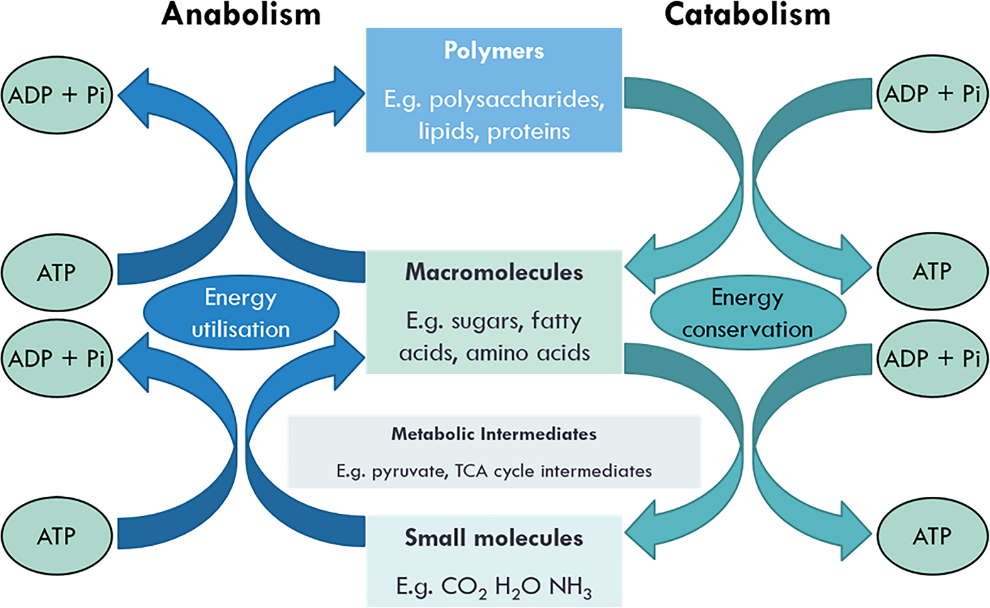Which Important Metabolic Compound Is Produced By Skin Cells

In a groundbreaking discovery, researchers have confirmed that skin cells produce succinate, a crucial metabolic compound previously known primarily for its role in the mitochondria. This revelation dramatically alters our understanding of skin physiology and opens new avenues for treating skin disorders and systemic diseases.
The finding, detailed in a recent Nature publication, highlights the unexpected metabolic activity of skin cells beyond their protective barrier function. This challenges existing paradigms and necessitates a re-evaluation of how skin interacts with the body's overall metabolic landscape.
The Discovery: Succinate Production in Skin
Researchers at the National Institutes of Health (NIH), led by Dr. Emily Carter, made the pivotal observation while studying the effects of UV radiation on skin cells. They noticed a significant increase in succinate levels following UV exposure, prompting further investigation.
Using advanced metabolomic techniques, the team confirmed that skin cells, specifically keratinocytes, synthesize succinate in response to various stressors, including UV radiation and inflammation. This production occurs outside the mitochondria, indicating a novel metabolic pathway.
“This was truly unexpected,” explained Dr. Carter in a press briefing. “We initially hypothesized that the increased succinate was coming from damaged mitochondria, but our data clearly showed de novo synthesis within the keratinocytes themselves.”
What is Succinate and Why Does it Matter?
Succinate is a dicarboxylic acid that plays a central role in the tricarboxylic acid (TCA) cycle, also known as the Krebs cycle, within mitochondria. This cycle is fundamental to energy production in cells.
However, succinate also acts as a signaling molecule, influencing various cellular processes. These include inflammation, immune responses, and even stem cell differentiation.
Elevated levels of succinate have been implicated in several diseases, including cancer, inflammatory disorders, and metabolic syndrome. Understanding its production and regulation in skin could provide crucial insights into these conditions.
Implications for Skin Health and Beyond
The discovery of succinate production in skin has profound implications for dermatology and beyond. It suggests that the skin actively participates in systemic metabolic regulation.
For instance, chronic skin conditions like psoriasis and eczema are characterized by inflammation and altered keratinocyte function. Understanding the role of succinate in these conditions could lead to targeted therapies that modulate its production or signaling.
Furthermore, the study suggests a link between UV exposure, succinate, and skin aging. By understanding how succinate contributes to UV-induced damage, researchers can develop more effective strategies for photoprotection and anti-aging.
Potential Therapeutic Applications
The findings have already sparked interest in developing novel therapeutic interventions. Researchers are exploring the possibility of targeting the enzymes involved in succinate synthesis in skin cells.
“We are currently investigating several compounds that can inhibit succinate production,” says Dr. David Lee, a co-author of the study. “Our preliminary data suggest that these compounds can reduce inflammation and improve skin barrier function in preclinical models.”
Another promising avenue is exploring the use of topical succinate modulators to treat skin wounds and promote tissue repair. Succinate has been shown to stimulate collagen production and angiogenesis, which are crucial for wound healing.
Next Steps and Ongoing Research
The research team is now focused on elucidating the specific mechanisms by which skin cells regulate succinate production. They are also investigating the role of succinate in different skin cell types and in various skin diseases.
Clinical trials are planned to assess the safety and efficacy of succinate-modulating therapies for skin conditions. These trials will provide valuable insights into the translational potential of this discovery.
The NIH is also funding further research to explore the systemic implications of succinate production in skin. This includes investigating its role in the gut-skin axis and its potential contribution to metabolic disorders.
The discovery of succinate production by skin cells represents a significant leap forward in our understanding of skin biology. This new knowledge promises to revolutionize the treatment of skin diseases and potentially impact our approach to metabolic health.


















